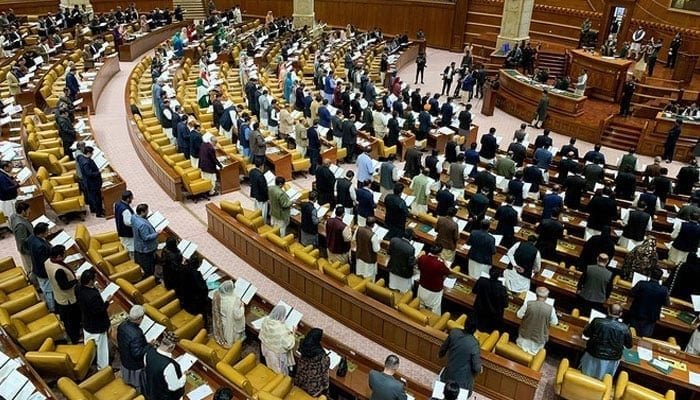Dr Riaz Ahmed
The causes of floods in Pakistan are complex and multifaceted, but some of the main factors are:
- Pakistan has the highest number of glaciers in the world apart from the polar ice caps, which melt rapidly due to global warming and increase the water flow into rivers.
- Pakistan is prone to the worst weather extremes – extreme heatwaves and torrential rains. Pakistan is located in that part of the globe, which bears the brunt of two major weather systems. One can cause high temperatures and drought, like the heatwave in March, and the other brings monsoon rains.
- Pakistan has a large population that lives along the Indus River, which is prone to flooding due to its flat terrain, heavy siltation, and inadequate embankments.
- Pakistan has a lack of adequate dams, reservoirs, and water management infrastructure to store and regulate the excess water during floods.
- Pakistan has a high rate of deforestation and land degradation in its watershed areas, which reduces the natural capacity of ecosystems to absorb and retain water and prevent soil erosion.
It is always tricky and unnatural to avoid floods. However, how floods are managed is more important, and their natural cycle is used to the advantage. Floods can be utilized for better usage in Pakistan by adopting some of the following measures:
- Floods can be used to recharge groundwater aquifers, which are depleting rapidly due to overexploitation and drought. This can improve the availability and quality of water for domestic, agricultural, and industrial use.
- Floods can be used to irrigate crops and pastures, especially in arid and semi-arid regions where rainfall is scarce and unreliable. This can enhance food security and rural livelihoods.
- Floods can be used to generate hydroelectric power, which is a clean and renewable source of energy. This can reduce Pakistan’s dependence on fossil fuels and lower its greenhouse gas emissions.
- Floods can be used to create wetlands and restore ecosystems, which provide multiple benefits such as biodiversity conservation, carbon sequestration, flood control, water purification, and recreation.
Flood preparedness is vital to administer floods appropriately. It can ensure better administration of floods in Pakistan by implementing some of the following actions:
- Developing early warning systems that use weather data and modelling to alert authorities and communities about the risk and severity of floods in advance. This can help to evacuate people, protect assets, and mobilize resources in a timely manner.
- Building resilient infrastructure that can withstand and recover from flood impacts. This includes strengthening embankments, bridges, roads, water supply lines, drainage systems, and communication networks.
- Promoting insurance schemes that can compensate farmers, businesses, and households for their losses due to floods. This can help them to recover quickly and avoid falling into poverty traps.
- Adopting nature-based solutions that use ecosystems such as wetlands, forests, mangroves, and grasslands to regulate water flow and absorb flood water. This can reduce the need for costly engineering interventions and provide co-benefits for the environment.
Lastly, the role of Irrigation and district administration is critical. The fundamental issue is that there is an encroachment of people on the natural paths of rivers, and it is essential that this encroachment be vacated. Then, people should be forced to leave places in case of floods. It has been one of the cultural issues. It is also significant that all vulnerable populations be shifted to safer places permanently by developing infrastructure and managing the water paths of the rivers.














